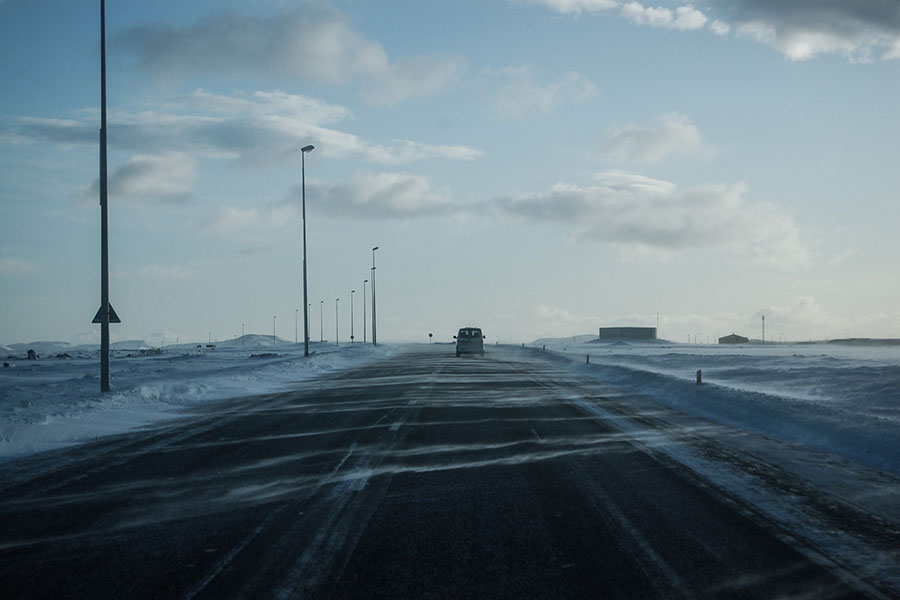Watch Out for Black Ice

Black Ice has a mythical reputation. It’s rarely seen, often talked about. It lurks in the darkness, only to emerge on the coldest of cold days. And yes, it’s very dangerous. We are fascinated with it but black ice is often misunderstood. Here we set the record straight on what it is and why you need to know about it.
What is black ice?
Despite the name, black ice is not actually ice that is black. Black ice is thin, nearly transparent ice that blends into the road pavement. It’s called black ice simply because it appears black, or sometimes wet, to a driver.
How is black iced formed?
Black ice forms when the air temperature is warmer than pavement, which causes moisture to rapidly freeze and creates a transparent layer of ice on the roadway. Black ice is most common at night or in the morning when temperatures are at their lowest and traffic is the lightest, and often forms on bridges, overpasses, and intersections.
Why is black ice dangerous?
Black ice is technically not more slippery than other ice, but it is dangerous because it’s hard to identify. The removal and management of black ice is difficult using road salt (sodium chloride), especially at temperatures well below freezing
How can I watch out for black ice?
It’s important to be aware of the potential places and times when black ice is most likely to affect you and other drivers. Make sure you drive at a safe speed in the winter, keep a safe stopping distance from the vehicle in front of you and avoid using cruise control.





